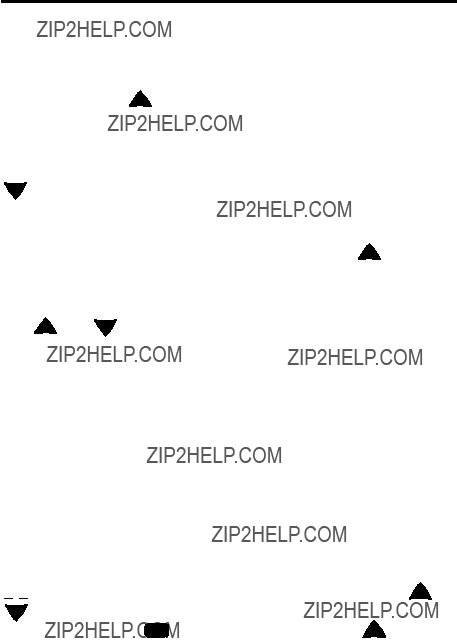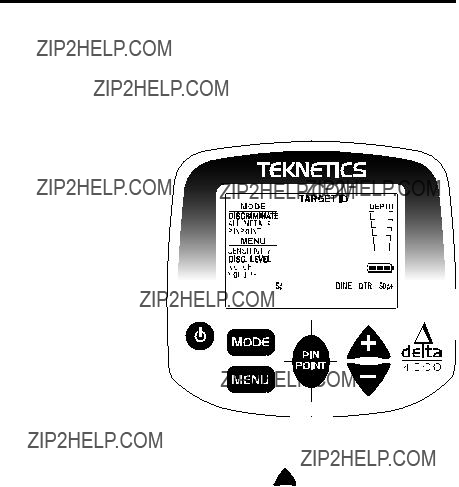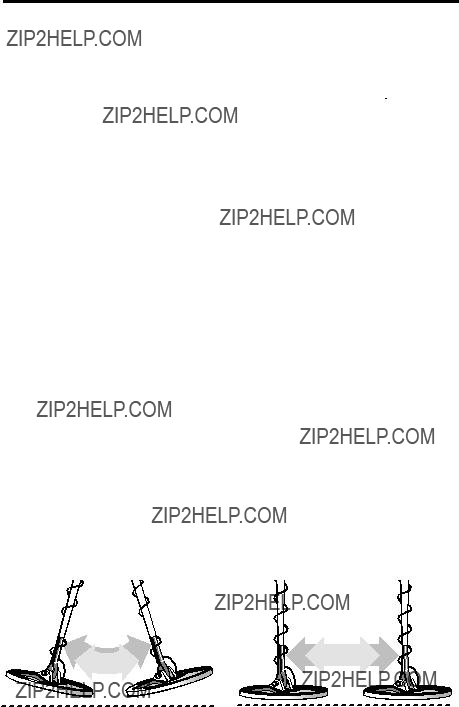TREASURE HUNTER???S CODE OF ETHICS:
???Always check Federal, State, County and local laws before searching.
???Respect private property and do not enter private property without the owner???s permission.
???Take care to refill all holes and try not to leave any damage.
???Remove and dispose of any and all trash and litter found.
???Appreciate and protect our inheritance of natural resources, wildlife and private property.
???Act as an ambassador for the hobby, use thoughtfulness, consideration and courtesy at all times.
???Never destroy historical or archaeological treasures.
???All treasure hunters may be judged by the example you set; always conduct yourself with courtesy and consideration of others
5-YEAR LIMITED WARRANTY
The Delta metal detector is warranted against defects in materials and workmanship under normal use for five years from the date of purchase to the original owner.
Damage due to neglect, accidental damage, or misuse of this product is not covered under this warranty. Decisions regarding abuse or misuse of the detector are made solely at the discretion of the manufacturer.
Proof of Purchase is required to make a claim under this warranty.
Liability under this Warranty is limited to replacing or repairing, at our option, the metal detector returned, shipping cost prepaid to First Texas Products. Shipping cost to First Texas Products is the responsibility of the consumer.
NOTE TO FOREIGN COUNTRY CUSTOMERS
This warranty may vary in other countries, check with your distributor for details. Factory warranty follows the channel of distribution.
Warranty does not cover shipping costs.
To return your detector for service, please first contact First Texas for a Return Authorization (RA) Number. Reference the RA number on your package and return the detector within 15 days of calling to:
First Texas Products L.L.C.
1465-H Henry Brennan Dr.
El Paso, TX 79936
Phone: 1-800-413-4131
Copyright?? 2009 by First Texas Products, L.L.C.
All rights reserved, including the right to reproduce this book, or parts thereof, in any form, except for the inclusion of brief quotations in a review.
Published by First Texas Products, L.L.C.
Warranty coverage does not include the cost of transporting the detector back to an owner who is located outside of the United States of America.




 Strap
Strap
 Collar
Collar



 Collar
Collar Velcro
Velcro

 once to enter the DISC. LEVEL program.
once to enter the DISC. LEVEL program. four times.
four times. to toggle down to NOTCH.
to toggle down to NOTCH. 
 to toggle down to
to toggle down to 



 or
or  Buttons
Buttons
 and
and  to increase or decrease sensitivity while the SENSITIVITY line is highlighted.
to increase or decrease sensitivity while the SENSITIVITY line is highlighted.
 and
and to increase or decrease DISCRIMINATION level. Each time you press
to increase or decrease DISCRIMINATION level. Each time you press  , a target category is eliminated from detection.
, a target category is eliminated from detection. reverses the discrimination process. With each press of
reverses the discrimination process. With each press of  , a category description will reappear, indicating that targets
, a category description will reappear, indicating that targets , resulting in more objects being eliminated from detection.
, resulting in more objects being eliminated from detection. and
and  to notch target categories IN or OUT while the NOTCH line is highlighted.
to notch target categories IN or OUT while the NOTCH line is highlighted. or
or  , the notched category moves across the display screen. As you move the position of the notched category, you are
, the notched category moves across the display screen. As you move the position of the notched category, you are  or
or  again to select the next notch.
again to select the next notch.
 to select notch, followed by
to select notch, followed by  , the notch program will begin by changing the status of the IRON segment
, the notch program will begin by changing the status of the IRON segment
 and
and  to change the speaker volume.
to change the speaker volume.
 to toggle between DISCRIMINATION and ALL METALS.
to toggle between DISCRIMINATION and ALL METALS. at any time to activate PINPOINT mode.
at any time to activate PINPOINT mode.
 to activate pinpoint. Pinpoint detection is only active for as long as you keep
to activate pinpoint. Pinpoint detection is only active for as long as you keep  depressed.
depressed. . Now move the searchcoil slowly across the target, and the sound will communicate the target???s location. As you sweep from side to side, and hear no sound at the ends of the sweep, the target is located in the middle of that zone, where the sound is loudest. If the sound is loud over a wide area, the buried object is large. Use Pinpoint to trace an outline of such large objects.
. Now move the searchcoil slowly across the target, and the sound will communicate the target???s location. As you sweep from side to side, and hear no sound at the ends of the sweep, the target is located in the middle of that zone, where the sound is loudest. If the sound is loud over a wide area, the buried object is large. Use Pinpoint to trace an outline of such large objects. , and then quickly
, and then quickly  WRONG
WRONG




